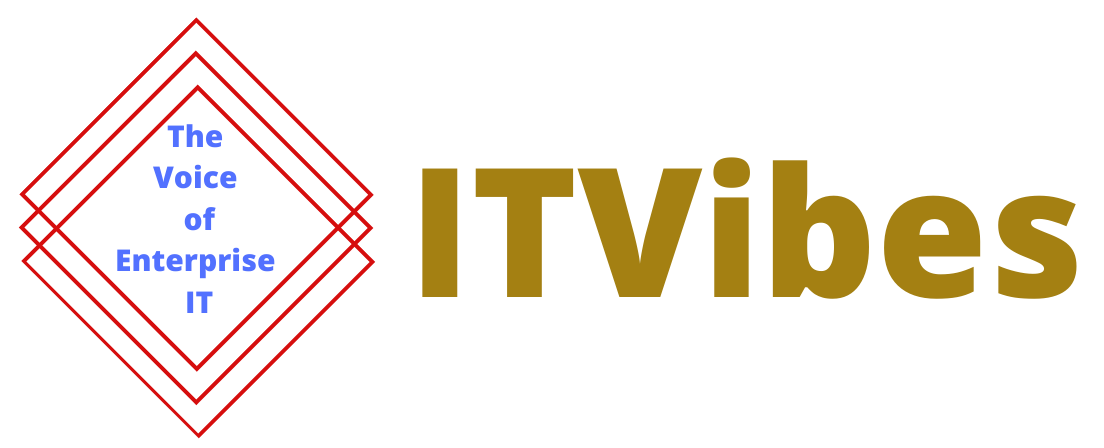Robots are forecast to become as ubiquitous as the smartphones or wearables we live with every day. However, are they going to takeover our jobs and the world? Probably not. There are many such myths of AI. Gartner debunks the top AI Myths and calls upon leaders to generate value from AI while understanding the limitations.
Top AI Myths
- AI Is an unnecessary luxury in times of the COVID-19 pandemic
- AI and machine learning (ML) are the same and interchangeable
- Intelligent machines learn on their own
- AI can be 100% objective
- AI will only replace mundane jobs
- My business does not need an AI strategy
The myths about AI range from “AI is a luxury” to “AI will only replace mundane jobs”. The truth is: Enterprises have been accelerating investments in AI despite the pandemic.
In the next four years, 69% of what a manager currently does will be automated
AI Myth #1: AI Is an unnecessary luxury in times of the COVID-19 pandemic
Contrary to the misconception that AI is an unnecessary luxury during the pandemic, Gartner says AI is emerging as an important enabler of cost optimization and generating revenue.
AI is improving customer interactions, analyzing data more quickly, generating early warnings about upcoming disruptions and automating decision making, noted Gartner.
Also read: Australian Law Firm deploys AI to reduce the time required for insurance claims assessment
AI Myth #2: AI and Machine Learning (ML) are the same and interchangeable
Machine Learning being a subset of AI that requires a well-thought-out training and data acquisition strategy.
AI, on the other hand, is an umbrella term for a broad set of computer engineering techniques, ranging from ML and rule-based systems to optimization techniques and natural language processing (NLP).
Also read: Why Australian Enterprises Are Investing In AI
AI Myth #3: Intelligent Machines learn on their own
A finished ML product gives the impression that it is able to learn on its own. However, experienced human data scientists frame the problem, prepare the data, determine appropriate datasets, remove potential bias in the training data and, most importantly, continually update the software to enable the integration of new knowledge and data into the next learning cycle.
Also read: NAB CEO Says “We Are Deploying Machine Learning Techniques”
AI Myth #4: AI can be 100% Objective
Garbage in, garbage out! The output generated from AI technology is based on the data, rules and other kinds of input from human experts. As a result, human bias is embedded in one way or another in AI.
Systems that are frequently retrained — for example, using new data from social media — are even more vulnerable to unwanted bias or intentional malevolent influences.
Even if your current AI strategy is “no AI,” this should be a conscious decision based on research and consideration
“At the moment, there is no way to completely banish bias; however, we have to try our best to reduce it to a minimum,” says Alexander Linden, VP Analyst, Gartner.
Also read: “The AI Talent Crisis is a Myth”
AI Myth #5: AI will only replace mundane jobs
AI solutions can augment and accelerate delivery of outcomes working with humans not entirely replacing them.
For example, the use of imaging AI in healthcare. A chest X-ray application based on AI can detect diseases faster than can radiologists.
Similarly, in the financial and insurance industry, roboadvisors are being used for wealth management and fraud detection.
These capabilities don’t eliminate human involvement in those tasks but will eventually limit it to observing and dealing with unusual cases.
Align job profiles and capacity planning while offering options to retrain existing staff
AI Myth #6: My business does not need an AI Strategy
Gartner noted every organization should consider the potential impact of AI on its strategy and investigate how AI could be applied to solving the organization’s business problems.
In many ways, AI exploitation is the same as forgoing the next phase of automation, and could place enterprises at a competitive disadvantage.
Even if AI is not an immediate fix to a problem, businesses should revisit the decision to not implement AI periodically
Organizations need to find appropriate use cases that leverage AI’s power to augment human work, decisions and interactions
In the next four years, 69% of what a manager currently does will be automated. In such a disruptive environment, enterprises need a reality check on how best they can integrate AI into their strategy and be ready for forthcoming disruptions.
ITVibes recommended reading:
- RBA partners with NAB, CBA, Others on CBDC on Ethereum Blockchain
- Will Blockchain Become the Next ‘Game-Changer’ for the Insurance Industry?
- IDC Forecasts Worldwide AI Spending will double in four years













